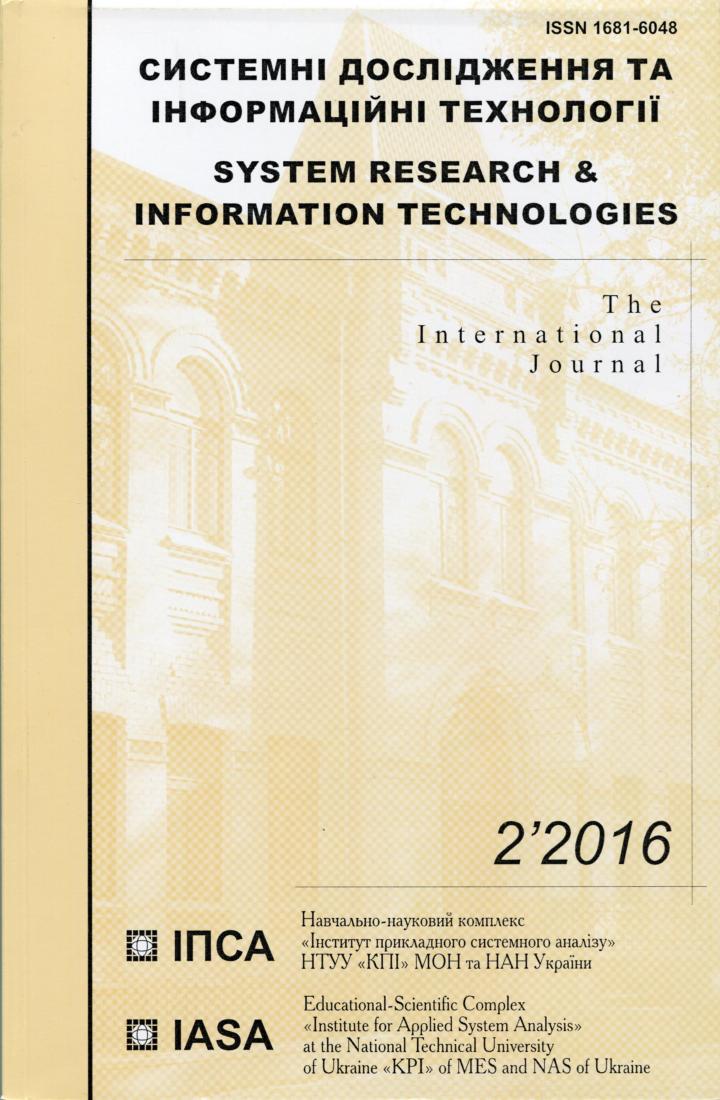The scenario approach and the Bayesian method in assessing the risks of system accidents at hydraulic structures
DOI:
https://doi.org/10.20535/SRIT.2308-8893.2016.2.11Keywords:
accident, Bayesian method, model scenario, probability, risk of damages, scenario approach, waterworkAbstract
Within the scenario approach to forecasting technogenic accidents, the Bayesian method was used to assess the risks of system failures at hydraulic structures. The definitions and assertions relating to the risk of technogenic accidents within the scenario approach were formulated, and a general statement of the problem to quantify the risk of accidents at hydraulic structures within the scenario approach using Bayesian transformation of probabilities of emergency events was performed. It is shown that the scenario approach that uses Bayesian transformation of probabilities allows assessing the total (summary) risk of a system accident at hydraulic structures that can occur due to arbitrary events, including simultaneous, emergency events with different consequences, according to certain model incompatible scenarios of the origin and course of the accident, which form a complete group of events.References
Inhester B. Stereoscopy basics for the STEREO mission / B. Inhester // ArXiv Astrophysics e-prints. — 2006.
Ma S. A New View of Coronal Waves from STEREO / S. Ma, M.J. Wills-Davey, J. Lin et al. // The Astrophysical Journal. — 2009. — № 707. — P. 503–509.
Veronig A.M. First Observations of a Dome-shaped Large-scale Coronal Extremeultraviolet Wave / A.M. Veronig, N. Muhr, I.W. Kienreich et al. // The Astrophysical Journal. — 2010. — № 716. — P. 57–62.
Podladchikova O. Automated Detection of EIT-waves and Dimmings / O. Podladchikova, D. Berghmans // Solar Physics. — 2005. — № 228. — P. 265–284.
Kienreich I.W. STEREO Quadrature Observations of the Three-Dimensional Structure and Driver of a Global Coronal Wave / I.W. Kienreich, M. Temmer, A.M. Veronig // The Astrophysical Journal. — 2009. — № 703. — P. 118–122.
Patsourakos S. Extreme Ultraviolet Waves are Waves: First Quadrature Observations of an Extreme Ultraviolet Wave from STEREO / S. Patsourakos, A. Vourlidas // The Astrophysical Journal. — 2009. — № 700. — P. 182–186.
Chertok I.M. Krupnomasshtabnye kanalizirovannye dimmingi, vyzyvaemye koronal'nymi vybrosami massy na solntse / I.M. Chertok, V.V. Grechnev // Astronomycheskyj zhurnal. — 2003. — № 80. — S. 162–174.

